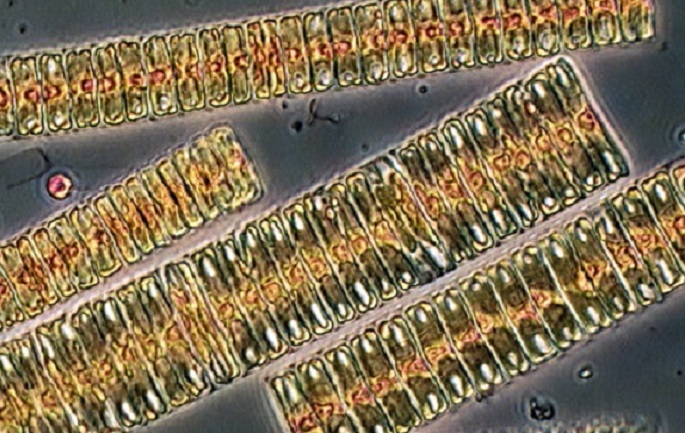Warmer Arctic to see blooming of algae
Published : 10 May 2019, 01:36
Updated : 12 May 2019, 00:12

The warming of the Arctic Ocean could generally increase the primary production provided by algae living in sea ice, but the impact varies greatly between latitudes, according to a study report published in the scientific journal Science Advances.
Since the Arctic marine food web is short, poorly diverse and seasonally driven by limited pulses of energy, the expected changes in primary production can have relevant impacts to the rest of the food web up to humans, said a press release of the Finnish Environment Institute (SYKE) quoting the study report on Thursday.
The Arctic Ocean covers only about 3% of the global ocean areas but is responsible for up to 14% of the global oceanic carbon uptake. As the sea ice is rapidly declining in the Arctic Ocean, the ecological consequences of its decline, including changes in the carbon cycle, are still largely unknown.
In the study, Senior Researcher Letizia Tedesco from the Marine Research Centre of the Finnish Environment Institute, together with Professor Marcello Vichi from the Department of Oceanography at the University of Cape Town (South Africa) and Enrico Scoccimarro, a senior researcher at the Euro-Mediterranean Centre on Climate Change in Bologna (Italy), investigated how the anticipated snow and sea-ice changes would impact sea-ice algae production in the Arctic Ocean.
Sea-ice algae are types of marine algae living in seasonal and perennial sea ice. Sea-ice is made of a solid matrix of pure ice and a liquid fraction of salty brines. Like all marine algae, sea-ice algae are primary producers that transform carbon dioxide into oxygen. They are the very basis of the marine food web: the main source of food for zooplankton, which in turn are the main diet for larger zooplankton, sea birds, and fish up to seals, whales, and polar bears.
Sea-ice algae play a primary role in the marine food web of polar oceans. “The sea-ice algae are highly adapted to their extreme environment. They grow earlier in the Arctic spring than phytoplankton, which means they extend the productive season in polar oceans. During the time when there is not enough light for phytoplankton to grow under ice, the sea-ice algae provide the only food source available to the rest of the food chain in the Arctic Ocean,” said Letizia Tedesco.

